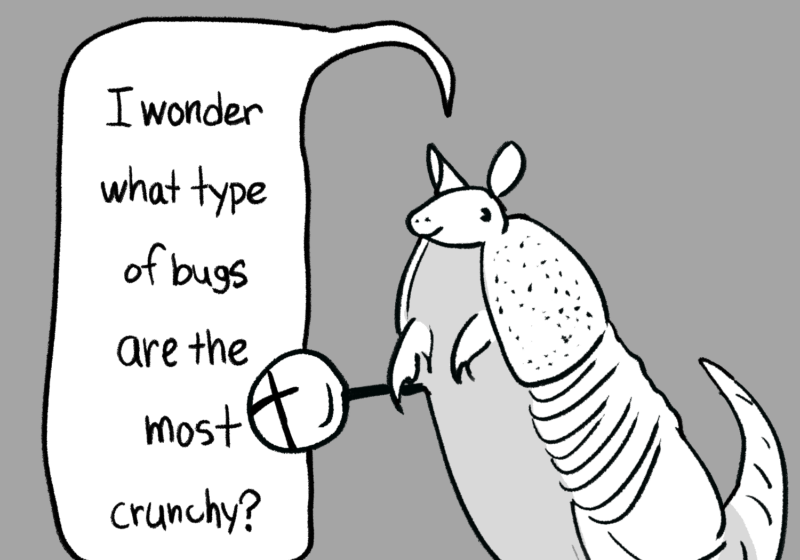Legendary director Martin Scorsese is best known for his depictions of the criminal lifestyle and the guilt that comes from the crimes they commit. Hailing from the crime and mob-infested streets of Little Italy, Scorsese has experienced the evil that can boil over in communities that just want to live. His films explore the many different facets of the lives of men who willingly commit crimes.
“Mean Streets” features a criminal who “serves two masters,” one who cares about morality while under the thumb of crime. “Goodfellas” has a man who feels guilt for his past actions, and also for his desire to repeat them. “The Departed” has a pair of characters who strive to attain a better life while ignoring the secretive criminal lives they hold. And recently, “The Irishman” shows the long-term effects of a life of crime and not recognizing the scale of your past until you realize it’s coming to an end. But now, at 80 years old and with over five decades of cinema under his belt, Martin Scorsese manages to include all these facets of the criminal life in the true story of “Killers of the Flower Moon.”
“Killers of the Flower Moon” takes place in 1920s Fairfax, Oklahoma, home of the Native American tribe known as the Osage. One fateful day, the tribe discovered abundant oil under their reservation, leading them to become some of the wealthiest people in the United States. However, due to racist laws, they are required to have their oil managed by white people, and in this case, it’s driven by political boss William King Hale (Robert de Niro).
The story picks up with World War I veteran Ernest Burkhart (Leonardo DiCaprio) as he arrives in Fairfax to work with his uncle Hale for their oil company. Upon arrival, Ernest successfully woos a daughter of the Osage named Mollie (Lily Gladstone), joining the family and allowing him to murder family members to streamline all the oil revenue to Hale and himself.These murders caused massive suspicion among the Osage. Eventually, the U.S. government is informed of the murders and they send Agent Tom White (Jesse Plemons) to investigate the crimes.
Beyond the story, critics have been discussing the controversial runtime of the film. Scorsese has a history of making long movies that take place over long periods, from “Casino” to the acclaimed “The Wolf of Wall Street,” and most recently, “The Irishman.” Many of his vocal critics suggest that this is another well-respected auteur indulging in their worst cinematic traits only because they know that people will go and see their movies regardless. Said criticism is common for other directors like the extended and time-wasting nature of Quentin Tarantino or the convoluted, outside-the-box concepts of Christopher Nolan.
While this criticism holds some merit, I also tend to dismiss it in my viewings because in between the indulgence lies still a true artistry that continues to entice viewers despite an artist’s ego, and Scorsese is no different. I believe that the film begins to drag around the last 30 minutes, but I also feel that more time could have been taken to flesh out the large cast of characters that get involved in this criminal plot. But the three hours and 26 minutes were all worth it for that conversation between Ernest and Mollie, as well as, of course, the final scene, which surprised me, as I haven’t been shocked by the ending of a modern film since “Tár.”
Cinematographer and Scorsese collaborator Rodrigo Prieto (“Brokeback Mountain” and “The Wolf of Wall Street”) went from doing “Barbie” to returning to work on “Flower Moon.” Despite the genre switch, Prieto doesn’t miss a beat when creating shots, with many great moments where he keeps the viewer entranced during the slow-paced moments of the film. The opening scene alone has compositions that allow for great detail, exemplifying not only the tone and pacing of the story but also creating empathy towards the Osage before the murders even begin. The work of Prieto and Hoyte van Hoytema in “Oppenheimer” will create strong competition for the Best Cinematography Oscar.
Rodrigo Prieto’s cinematography could not be as impressive without production designer veteran Jack Fisk (“There Will Be Blood” and “The Revenant”). With the help of Apple TV+, Scorsese took advantage of the streaming service model to receive a massive budget of $200 million, and the visuals show that every penny was used. Fisk created a world similar to the sets of classic Westerns, where directors show as much of the town as possible, making it clear where their budget went. The town and train station in the film looked lived in, hinting at how far the story is from the days of the Wild West. The scenes in stores, bars, and nightclubs are always immersive, and never feel like they are on a set or soundstage. Like the epics of David Lean, such as “Lawrence of Arabia” or “The Bridge on the River Kwai,” “Flower Moon” makes the setting feel like as much of a character as the people.
When you have Scorsese directing a movie starring Leonardo DiCaprio and Robert de Niro, there’s no need to explain why the performances were stellar. Leonardo DiCaprio plays Ernest, a less assertive character than Jordan Belfort. Similar to Ryan O’Neill’s performance in Stanley Kubrick’s “Barry Lyndon,” DiCaprio is capable of toning down his movie-star charm to be a small man in such a large world. You can see the torment he feels in having to decide between his empathy for the Osage and his obedience towards his Uncle Hale.
Even though it’s made clear in the film that Ernest is not a good man, the audience still cares about him — it is clear to see his confusion as he drowns in the world of greed he finds himself in. Robert de Niro has shown in “Goodfellas” how good he is at shifting from a kind-hearted, sympathetic man to a vicious monster within an instant. In this film, de Niro’s ability to display a psychotic nature improved with age, as his old man charm makes him more terrifying during his moments when his evil side creeps in on his face.
But of course, the talk of the town in this movie is the Native American lead actress, Lily Gladstone. Those rooting for her to receive Best Actress for her quiet yet scene-stealing presence are absolutely right. Being the spiritual center of “Killers of the Flower Moon,” Gladstone has to perform a calm grief in spite of the murders that continue to build. The seamless way Gladstone hints at her miserable state of being makes the audience empathize with her trauma she will have to live with for the rest of her life. But even before the killings strike fear and trauma into the Osage, Mollie still shows empathy and openness for her family and the Americans, Ernest in particular. Even when she knows that Ernest is only pursuing her for financial reasons, she still hopes that the man might love her. Lily Gladstone showcases this feeling perfectly before and during the crime that takes over Mollie’s life.
The film’s scale reminds me of a story on the set of 2002’s “Gangs of New York.” While Scorsese was filming in Italy, George Lucas visited the set, which had recreated 1860s New York City on a $97 million budget. It impressed Lucas, who knew that more and more films built their sets in CGI rather than spending time building a set that actors could work within. Even in 2002, it was evident that future productions would spend less of their budget on the set, and more on CGI. More than 20 years later, big multi-million dollar budgets seem to be spent on the way they look, through cinematography, production/costume design, and especially in visual effects. But Scorsese, once again, returns to show why he is one of the best filmmakers in cinema history by making a big-budget epic where no performance goes to waste, no shot looks flat, and no historical detail skipped over.
“Killers of the Flower Moon” is in theaters now.





